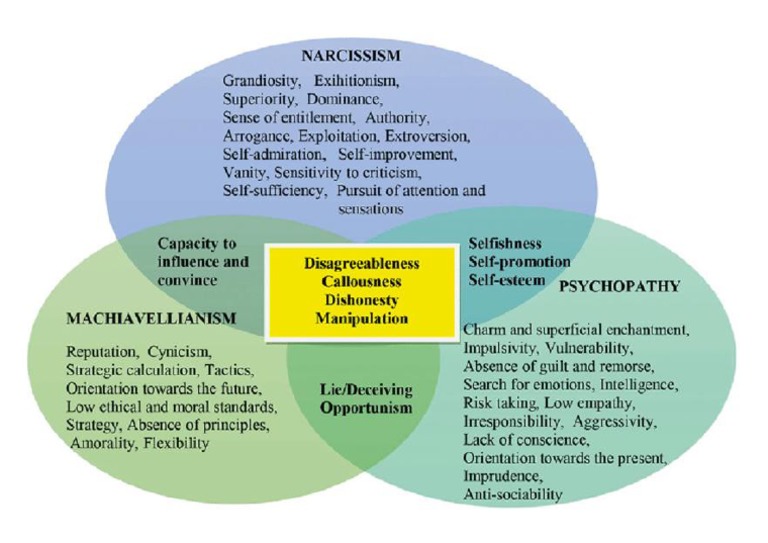The acronym “FACS,” while seemingly simple, unfurls into a multifaceted concept depending on the context. Like a linguistic chameleon, it adapts its meaning to the specific domain in which it is deployed. This ambiguity, rather than being a detriment, imbues the acronym with a certain intriguing elasticity. We shall dissect its various incarnations.
Most prominently, FACS frequently stands for Fluorescence-Activated Cell Sorting. This is arguably its most widely recognized and utilized denotation, particularly within the realms of biomedical research and clinical diagnostics. Let us delve deeper into this application.
Fluorescence-Activated Cell Sorting, or FACS, represents a sophisticated flow cytometry technique. Envision a river of cells, each a minuscule vessel carrying unique fluorescent payloads. These cells, suspended in fluid, are propelled through a narrow nozzle, forming a single-file stream. As each cell traverses a laser beam, it emits light, its fluorescent signature revealing its identity and characteristics. The emitted light is then meticulously analyzed by detectors, akin to seasoned gemologists scrutinizing precious stones for their inherent worth. This process allows researchers to quantitatively assess cellular attributes, from size and granularity to the expression of specific surface markers.
But the true power of FACS lies in its ability to physically segregate cells based on their fluorescent properties. An electric field, deftly controlled by the instrument’s software, deflects the cells into different collection tubes. Imagine a microscopic sorting hat, assigning cells to their respective houses based not on valor or cunning, but on their fluorescent profiles. This capability is invaluable for isolating specific cell populations, enabling researchers to study their function, behavior, and response to various stimuli with unparalleled precision. Consider the immunologist, seeking to isolate rare T cells capable of recognizing a specific antigen. Or the cancer biologist, aiming to purify tumor cells with a particular metastatic potential. FACS provides them with the tools to dissect complex biological systems at the cellular level.
Beyond its application in cell sorting, FACS also sees deployment in the more general methodology of flow cytometry. Here, it acts as a synonym. It is crucial to note that while all FACS instruments perform flow cytometry, not all flow cytometers possess the cell sorting capabilities that define true FACS. It’s akin to the difference between a painter’s palette and a painter’s entire studio. Both are integral to the artistic process, but one offers a far broader range of functionalities.
The utility of flow cytometry using a FACS instrument extends far beyond mere cell counting. Multiparametric analysis allows for simultaneous assessment of numerous cellular characteristics. Consider the pharmaceutical industry, where FACS is routinely employed to assess the efficacy of novel drug candidates on cell viability and function. Or the environmental scientist, monitoring the health of aquatic ecosystems by analyzing the phytoplankton populations present in water samples. The applications are truly boundless.
However, the acronym “FACS” also surfaces in entirely unrelated contexts. For instance, it can refer to the Facial Action Coding System, a comprehensive system for taxonomizing human facial movements. Developed by Paul Ekman and Wallace Friesen, FACS provides a standardized method for describing and measuring facial expressions based on the activation of individual or combined Action Units (AUs). Each AU corresponds to the contraction of a specific facial muscle or group of muscles. This rigorous system has found widespread application in fields such as psychology, behavioral science, and even computer animation.
Imagine an actor meticulously studying the subtle nuances of facial expressions to convey a specific emotion. Or a researcher analyzing the facial microexpressions of individuals to detect deception. FACS provides a common language for understanding and interpreting the complex interplay of facial movements that underpin human communication. While seemingly disparate from the biological realm of cell sorting, the Facial Action Coding System also represents a powerful tool for dissecting complex systems, in this case, the intricate language of the human face. Consider the forensic psychologist employing FACS to analyze suspect interviews, seeking tells that might betray deception.
The beauty of the acronym “FACS” lies in its inherent ambiguity. Like a multifaceted gem, it reflects different meanings depending on the angle from which it is viewed. Whether it signifies the precise isolation of cells for biomedical research or the meticulous analysis of facial expressions for behavioral science, “FACS” serves as a testament to the power of acronyms to encapsulate complex concepts within a concise and readily accessible form. The context is, therefore, paramount in deciphering its intended meaning.
In conclusion, while Fluorescence-Activated Cell Sorting (and, more broadly, flow cytometry) is the dominant association, one must always be cognizant of the potential for alternative interpretations. The Facial Action Coding System stands as a prime example of this semantic divergence, highlighting the importance of contextual awareness when encountering the acronym “FACS.” Like a code waiting to be cracked, its true meaning is revealed only through careful consideration of the surrounding information.







Leave a Comment